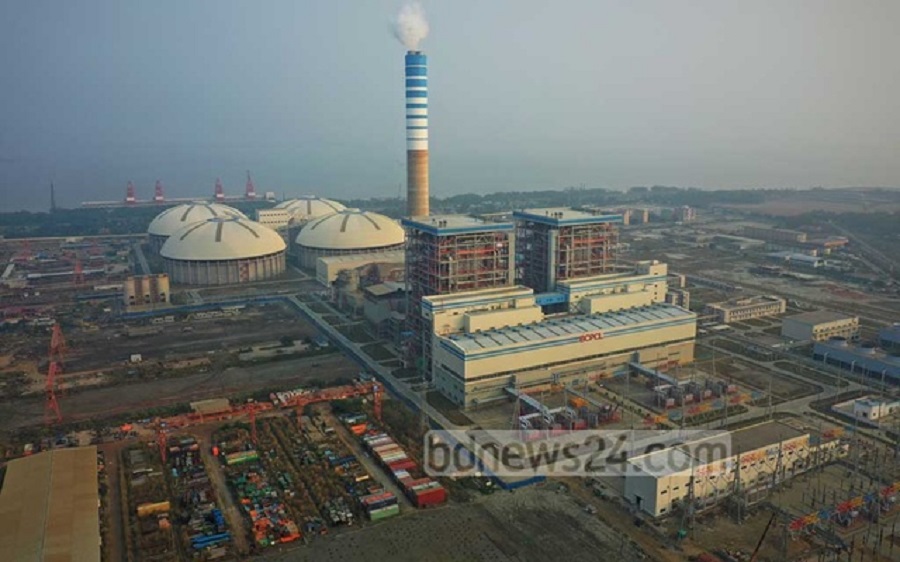
Speaking to bdnews24.com on Monday, a top official said he hoped the situation would be "improving with increasing gas supply ".
On Sunday, State Minister for Power, Energy and Mineral Resources Nasrul Hamid apologised in a Facebook post for the "temporary inconvenience", saying electricity generation will be back to the usual level once the gas supply normalises. He did not specify a time.
Frequent power cuts were reported on Monday from across Bangladesh, including the capital Dhaka, where many neighbourhoods experienced outages at least three times until evening. The blackouts left the residents at their wits’ ends.
The government recently declared 100 percent electricity coverage, but many parts of the country are experiencing regular power cuts. Nasrul said a gas shortage was disrupting power generation and supply. The gas-run plants can produce around 51 percent of the capacity.
The authorities predicted the power plants, with a combined capacity exceeding 25,000 megawatts (MW), would be able to produce a maximum of 12,818 MW on Monday against a demand for 14,000 MW.
The 9 percent less production than the demand was being adjusted through “load-shedding”, or rolling power outages.
Md Mahbubur Rahman, chairman of the Bangladesh Power Development Board, also said a gas supply crunch led to the current situation.

File photo
"The situation is improving. Gas supply will increase from today. I hope it [rise in gas supply] will help the situation improve," he said.
State-run oil, gas and mineral resources corporation, Petrobangla, however, predicted less gas supply to the power plants on Monday than on Sunday.
In a daily report, Petrobangla said the power plants would get 913 million cubic metres of gas on Monday, only 40 percent of their demand. It was 42 percent on Sunday.
To tackle the situation, the authorities are resorting to load-shedding and the Rangpur region was supposed to suffer the most on Monday, with 19 percent less power supply than the demand.
Power supply to the Chattogram region would be 12 percent less than the demand, Sylhet and Mymensingh 11 percent each, Rajshahi 10 percent, and Dhaka and Cumilla 8 percent each. Supply to Khulna and Barishal would be normal, the daily report said.
The supply of liquefied natural gas or LNG has also fallen to about 500 million cubic feet, less than half the daily demand, according to Petrobangla.




